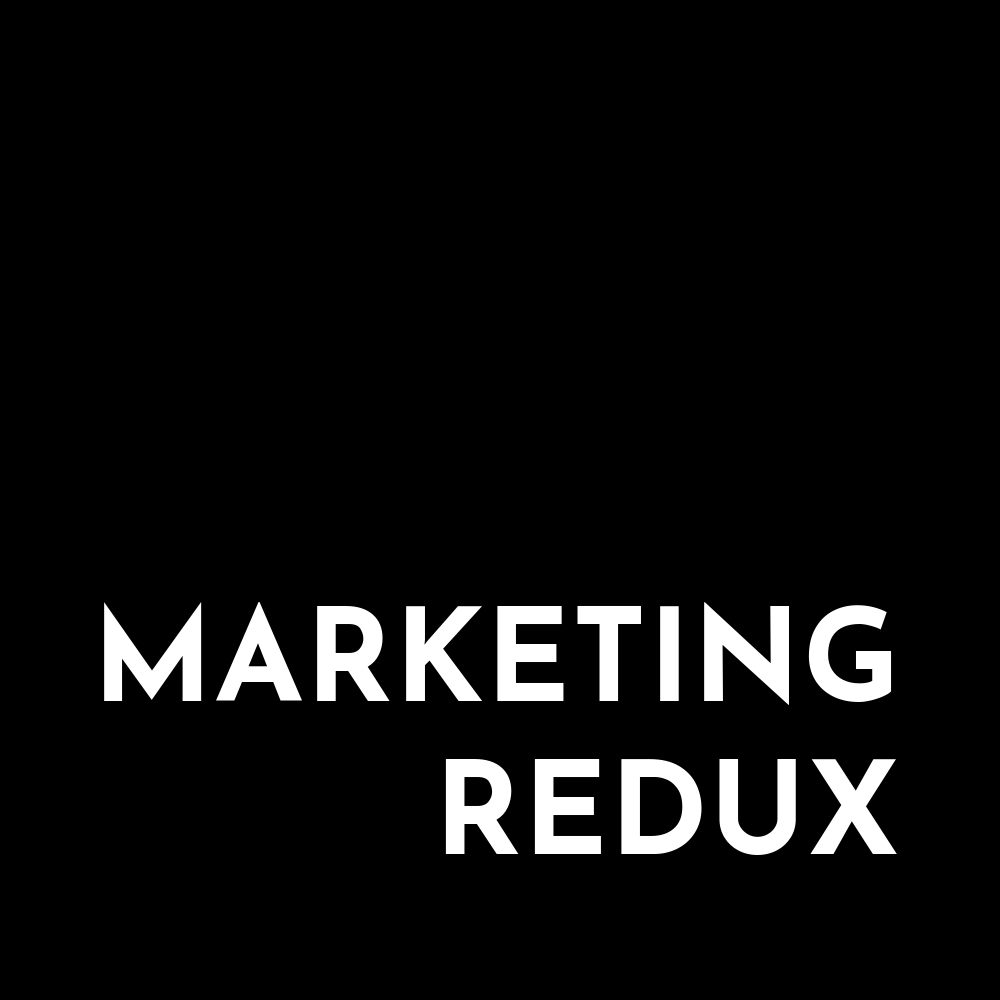Wondering what amount you should spend on a marketing budget? You’re not alone. For most business owners and marketers, this is a challenging endeavor and likely is a number pulled out of thin air. There are two reasons for the difficulty. First, a new business is usually struggling to stay afloat, and the expense of marketing just might sink the ship. The second is that there aren’t any business parameters or reporting to help define a marketing budget. From a marketing strategy perspective, there are two methods, Top-Down and Bottom-Up. Let’s look at these two methods of setting a marketing budget.
Top-Down Marketing
Top-down marketing budgets come from management defining the overall budget for the quarter/year, etc. Most businesses have this in their business that a percentage of sales goes into marketing. The Small Business Administration has traditionally stated that a mature company has a marketing budget of 8% of sales while startups might exceed 20%. If you are trying to figure out what makes sense for your business, then using some these generic numbers might help you. Let’s take a look at a simple marketing budget from a top-down approach.
Let’s take an example of this. The company decides it is going to use 10% of sales. To make things easy for us, we are going to use $1,000,000 as our base sales from last year. We focus on digital as it is much easier to attribute ROI. The company decides they want to grow by 20%. The projected ad spend for the year should then be $120,000. In this case, you add the information below and see what the projected outcome of revenue would be. Now there are some issues with the example listed below. Individual marketing channels are not considered in the decision process, which could impact the outcome of the budget. Also, advertising spend is not static and can often have increased costs as spend increases. So there are assumptions that might derail a successful marketing budget forecast. Being aware of these will help in producing a solid marketing budget.
| Previous Period | Current (forecast) | |
| Spend | Total Budget | |
| Impressions | Total Views | |
| Clicks | Total Clicks on ad | |
| Conversions | Total Conversions | |
| Revenue | Total Revenue | |
| CPM | Cost Per Mille | |
| CTR | Click-Through Rate | |
| CVR | Conversion Rate | |
| CPA | Cost Per Aquisition | |
| CPC | Cost Per Click | |
| ROI | Return On Investment |
Bottom-Up Marketing Budget
A Bottom-up marketing budget is often a more accurate method for predicting the impact on new marketing funds. The idea is to allow the marketing results to define the future needs of the budget. The difference in this method is that the outcome relies on individual marketing channels. The table here includes a column for the marketing channel and should be calculated based on channel performance. The aggregate of each channel is combined to help forecast the budget. Itemizing like this may also help you determine the optimal place to add additional marketing funds for the biggest impact. The bottom-up method allows you to get an accurate picture of what it might take to grow your business.
| Previous Period | By Channel | Current (forecast) | |
| Spend | Total Budget | ||
| Impressions | Total Views | ||
| Clicks | Total Clicks on ad | ||
| Conversions | Total Conversions | ||
| Revenue | Total Revenue | ||
| CPM | Cost Per Mille | ||
| CTR | Click-Through Rate | ||
| CVR | Conversion Rate | ||
| CPA | Cost Per Aquisition | ||
| CPC | Cost Per Click | ||
| ROI | Return On Investment |
Although I’ve laid out a method for online channels, it is possible to calculate this same type of information within other marketing channels. Print, for example, could be reported similarly by replacing key information with applicable data. Just note that some marketing channels are going to be more difficult than others on getting accurate information
| Spend | Total Budget |
| Impressions | Total Mails |
| Goal | MQL Goal (called, code, website, instore, etc.) |
| Conversions | Total Conversions |
| Revenue | Total Revenue |
| CPM | Cost Per Mille |
| MQL Goal | Calculate this like CTR |
| CVR | Conversion Rate |
| CPA | Cost Per Aquisition |
| CPC | Cost Per MQL Goal |
| ROI | Return On Investment |
Setting a budget for your business can be challenging. Yet having a strategy that informs you of both successes and failures can help your business succeed and improve. If your not sure where to start then begin with the top-down method and as you begin to collect data and report you’ll be able to move to a more strategic method and adopt a bottom-up method over time.

